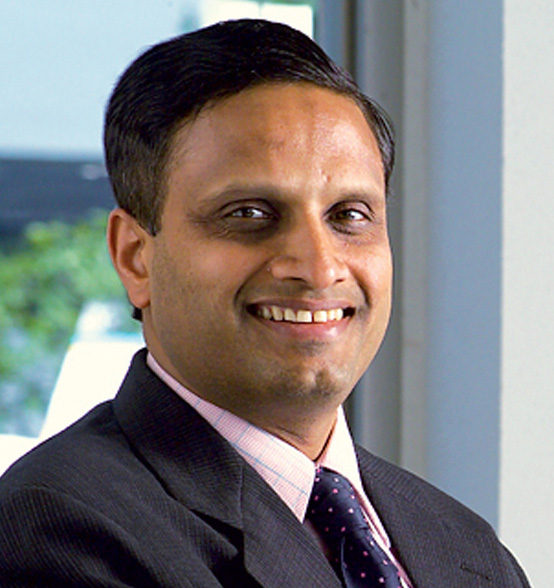New Delhi— Apple is expected to ramp up iPhone production in India to nearly $40 billion (approximately ₹3.36 lakh crore) by the end of FY26, as the tech giant continues to diversify its global supply chain away from China amid rising geopolitical tensions and trade tariffs.
Industry estimates suggest that this move will allow Apple to meet up to 80% of U.S. iPhone demand while fully supporting the growing Indian market.
The development follows Apple CEO Tim Cook’s comments during the company’s Q2 2025 earnings call, where he revealed that a majority of iPhones sold in the U.S. during the April–June quarter would be manufactured in India.
“For June, we do expect the majority of iPhones sold in the U.S. will have India as their country of origin,” Cook said, pointing to the impact of reciprocal tariffs imposed by the U.S. that are reshaping production strategies.
While China will remain a key origin for Apple products sold globally, India and Vietnam are increasingly becoming major manufacturing hubs. According to Cook, nearly all iPads, Macs, Apple Watches, and AirPods sold in the U.S. will now be sourced from Vietnam.
Apple also expects a $900 million hit from U.S. tariffs in the current quarter, though Cook acknowledged that the full long-term impact remains uncertain. “We are not able to precisely estimate the impact of tariffs, as we are uncertain of potential future actions,” he said.
The shift underscores Apple’s growing investment in India’s electronics manufacturing sector, which has gained momentum under the government’s production-linked incentive (PLI) scheme. In FY25, smartphones became India’s top export category, crossing ₹2 lakh crore in value—with Apple leading the surge. iPhones alone accounted for nearly 70% of all smartphone exports from India.
Beyond manufacturing, Apple is also expanding its footprint in India’s consumer market. After opening its first two retail stores last year, the company plans to launch additional locations in 2025. Apple recently posted a record quarter in India, citing strong demand across its hardware and services segments. (Source: IANS)







